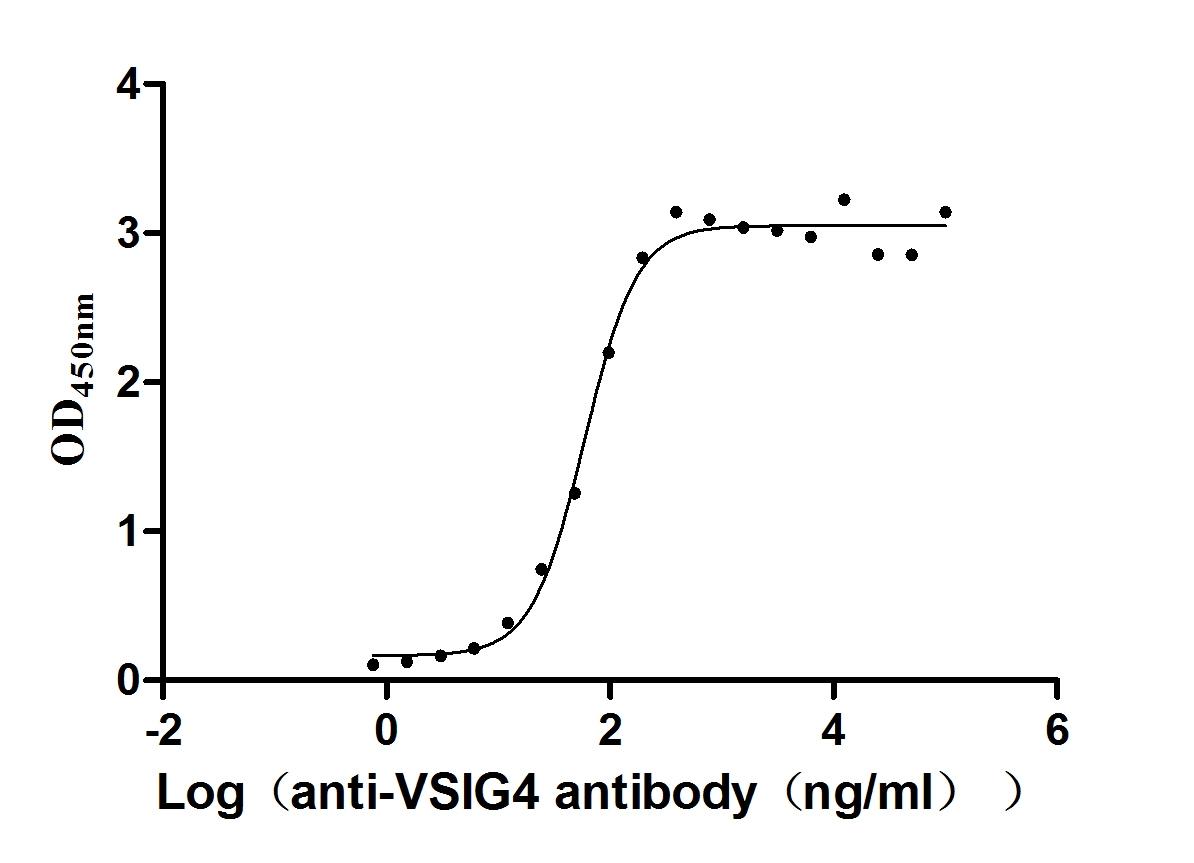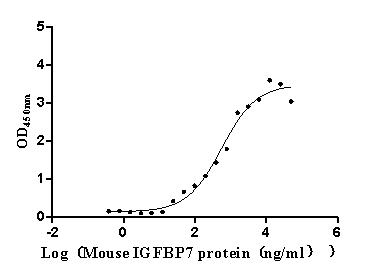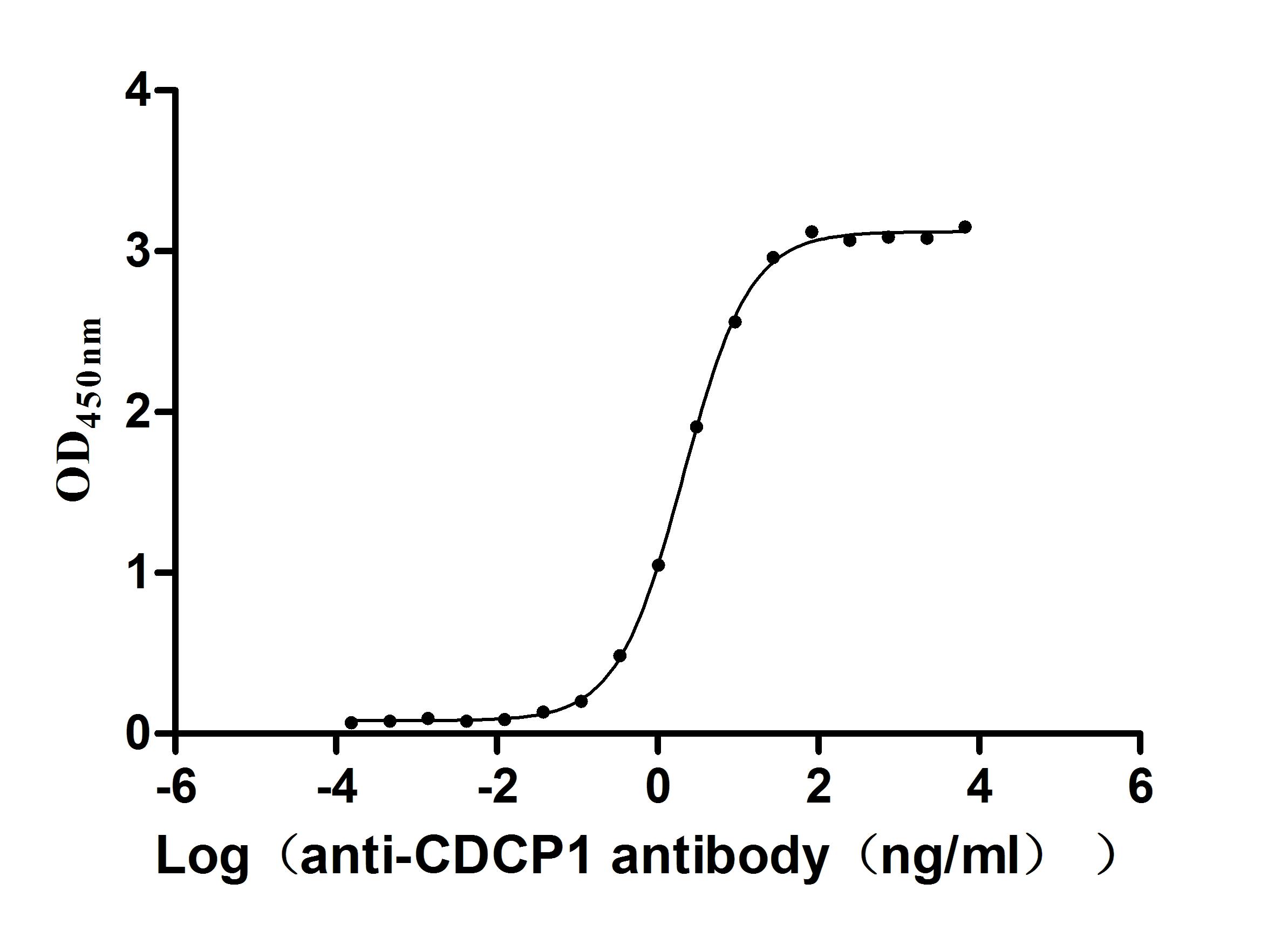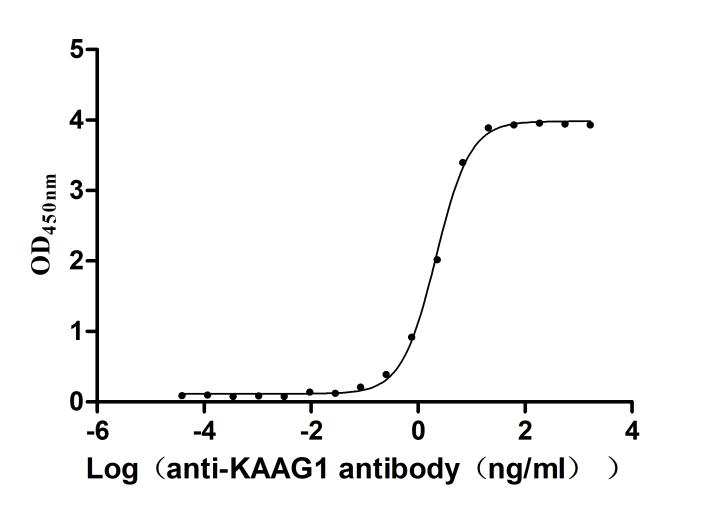Recombinant Early embryogenesis protein zyg-11 (zyg-11), partial
-
中文名稱:秀麗隱桿線蟲zyg-11重組蛋白
-
貨號:CSB-EP325103CXY-B
-
說明書:
-
規格:
-
來源:E.coli
-
共軛:Avi-tag Biotinylated
E. coli biotin ligase (BirA) is highly specific in covalently attaching biotin to the 15 amino acid AviTag peptide. This recombinant protein was biotinylated in vivo by AviTag-BirA technology, which method is BriA catalyzes amide linkage between the biotin and the specific lysine of the AviTag.
-
其他:
產品詳情
-
純度:>85% (SDS-PAGE)
-
基因名:zyg-11
-
Uniprot No.:
-
別名:zyg-11; C08B11.1; Early embryogenesis protein zyg-11
-
種屬:Caenorhabditis elegans
-
蛋白長度:Partial
-
蛋白標簽:Tag?type?will?be?determined?during?the?manufacturing?process.
The tag type will be determined during production process. If you have specified tag type, please tell us and we will develop the specified tag preferentially. -
產品提供形式:Lyophilized powder Warning: in_array() expects parameter 2 to be array, null given in /www/web/cusabio_cn/public_html/caches/caches_template/default/content/show_product_protein.php on line 662
Note: We will preferentially ship the format that we have in stock, however, if you have any special requirement for the format, please remark your requirement when placing the order, we will prepare according to your demand. -
復溶:We recommend that this vial be briefly centrifuged prior to opening to bring the contents to the bottom. Please reconstitute protein in deionized sterile water to a concentration of 0.1-1.0 mg/mL.We recommend to add 5-50% of glycerol (final concentration) and aliquot for long-term storage at -20℃/-80℃. Our default final concentration of glycerol is 50%. Customers could use it as reference.
-
儲存條件:Store at -20°C/-80°C upon receipt, aliquoting is necessary for mutiple use. Avoid repeated freeze-thaw cycles.
-
保質期:The shelf life is related to many factors, storage state, buffer ingredients, storage temperature and the stability of the protein itself.
Generally, the shelf life of liquid form is 6 months at -20°C/-80°C. The shelf life of lyophilized form is 12 months at -20°C/-80°C. -
貨期:Delivery time may differ from different purchasing way or location, please kindly consult your local distributors for specific delivery time.Note: All of our proteins are default shipped with normal blue ice packs, if you request to ship with dry ice, please communicate with us in advance and extra fees will be charged.
-
注意事項:Repeated freezing and thawing is not recommended. Store working aliquots at 4°C for up to one week.
-
Datasheet :Please contact us to get it.
靶點詳情
-
功能:Acts as target recruitment subunit in the E3 ubiquitin ligase complex zyg-11-cul-2-elc-1. Required for metaphase to anaphase transition and M phase exit at meiosis II. Regulates polarity establishment.
-
基因功能參考文獻:
- the ubiquitin ligase CRL2(ZYG-11) redundantly targets the degradation of cyclin B1 in Caenorhabditis elegans and human cells. PMID: 27810909
- Results establish that zyg-11 and the cullin cul-2 promote the metaphase-to-anaphase transition and M phase exit at meiosis II in Caenorhabditis elegans. PMID: 15215208
- Data show that inactivation of ZYG-11 produces meiotic and polarity reversal defects similar to those observed in CUL-2 mutants, suggesting that the two proteins function in the same pathways. PMID: 15215209
- ZYG-11 interacts with CUL-2 in vivo and binds to the complex adaptor protein Elongin C using a nematode variant of the VHL-box motif. PMID: 17304241
-
蛋白家族:Zyg-11 family
-
數據庫鏈接:
Most popular with customers
-
Recombinant Human V-set and immunoglobulin domain-containing protein 4 (VSIG4), partial (Active)
Express system: Mammalian cell
Species: Homo sapiens (Human)
-
Recombinant Mouse Complement component C1q receptor (Cd93), partial (Active)
Express system: Mammalian cell
Species: Mus musculus (Mouse)
-
Recombinant Macaca fascicularis CUB domain containing protein 1 (CDCP1), partial (Active)
Express system: Mammalian cell
Species: Macaca fascicularis (Crab-eating macaque) (Cynomolgus monkey)
-
Recombinant Human Kidney-associated antigen 1 (KAAG1) (Active)
Express system: E.coli
Species: Homo sapiens (Human)















